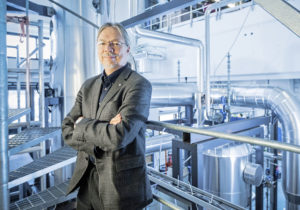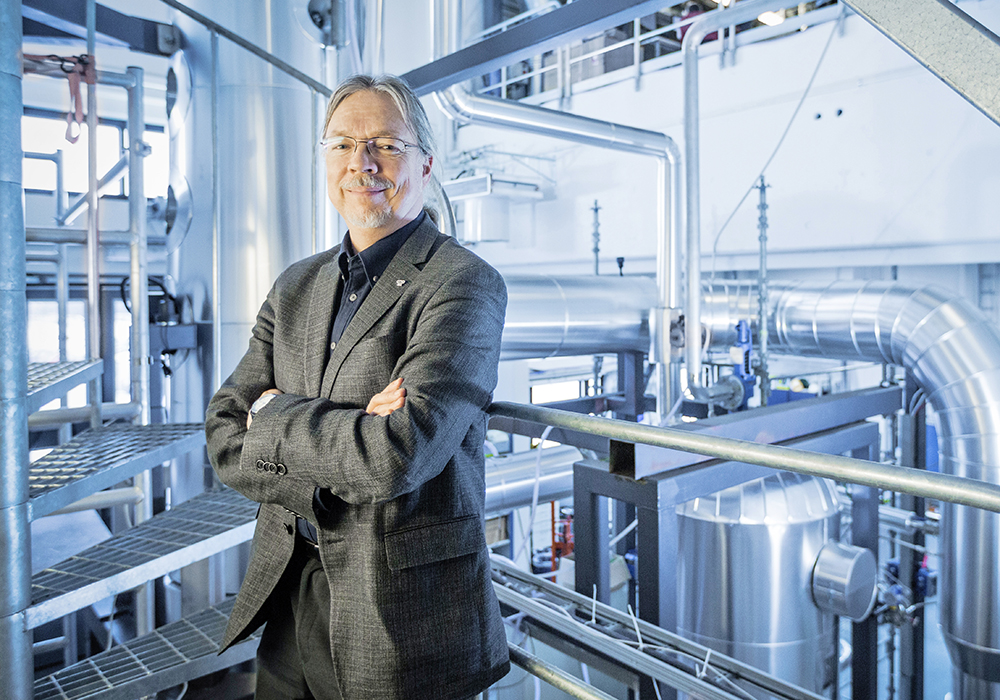The small nuclear power plant is safe thanks to its size, location and design, which is based around the laws of nature. The reactor will generate district heat only, and it can be built to operate at low pressure and low temperatures. Heating reactors can be designed with higher safety margins than large power plant reactors.

The district heating reactor can be thought of like a kettle working on nuclear power. The reactor is cooled in the normal way, using water circulated by a pump. In the event of a problem – if the pumps stop – the reactor shuts down, and cooling is provided by gravity. When the water heated by the reactor boils, the steam rises and makes contact with the cold wall surfaces, where it cools and flows back down as water. The temperature of the small reactor’s core is easier to control than that of a large nuclear power plant.
The small modular reactor is simple in structure and cost-efficient. The power plant’s components and technical manufacturing expertise are already available in Finland.
As its name implies, the small nuclear power plant is small in size and easy to build partially below ground – it could even be placed in the middle of a residential district. The power plant does not need to be surrounded by an enormous exclusion zone, nor does it need to be manned. The small district heating reactor contains 100–200 times less radioactive material than a large reactor for generating electricity. According to LUT’s estimates, the greatest risk posed to the people near the reactor is that the nuclear reactor stops and the heating goes off.
“The reactor is designed with scalability in mind so that, if necessary, the reactor can also be made in a larger version with an output of around 100 megawatts of thermal power. Such reactors would be suitable for large cities like Helsinki, which is just starting up the Helsinki Energy Challenge in an effort to eliminate carbon dioxide emissions from its heating,” says Juhani Hyvärinen, Professor of Modelling in Nuclear Engineering at LUT.
The idea has been tested in theory, and now we are in negotiations with financiers. The design of the main components and structures has also begun. The current legislation enables the first version of the reactor – for research use – to be built, and it is expected to be completed within five or six years. However, the mass production of small reactors would require the reform of nuclear energy legislation.






